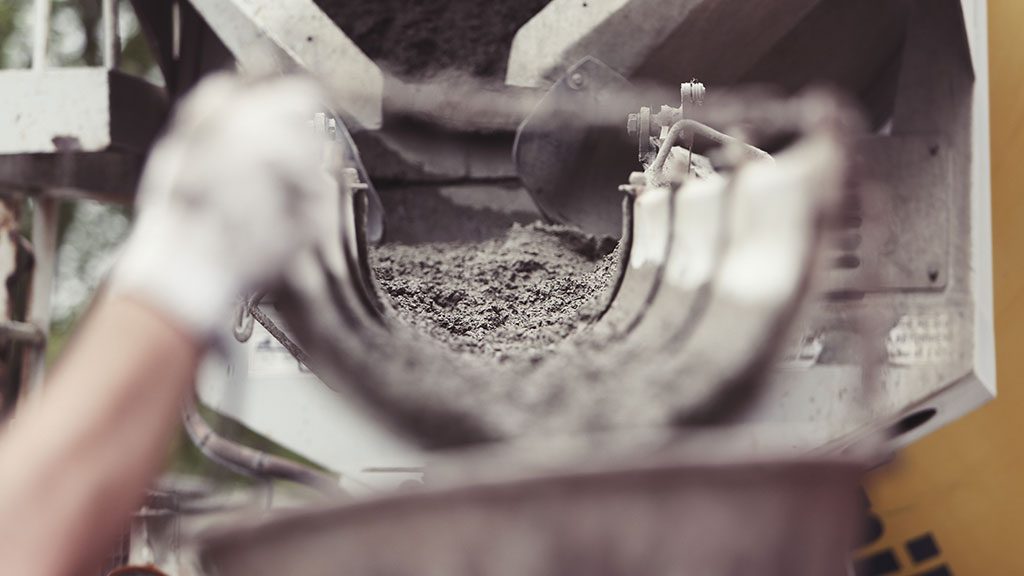The construction industry “probably has the largest lever” to inhibit climate change through the restoration of the world’s carbon balance.
It just must look to the most widely used building material on the planet — concrete — as the key to the solution, Brent Constantz, founder, chief scientist and CEO of California-based Blue Planet Ltd., said recently at the 14th annual Green Building Festival in downtown Toronto.
“Concrete holds the greatest capability to sequester more carbon dioxide than any other avenue available…” Constantz said at the seminar he presented on carbon negative concrete.
Blue Planet’s plants produce synthetic limestone and sand — which eliminates the need for quarried limestone, a major source of CO2 emissions — by combining captured CO2 and recycled concrete through a carbon mineralization process.
It is “the most effective way” to achieve carbon neutral or carbon negative concrete, he told delegates to the conference presented by Sustainable Buildings Canada.
He said about 55 gigatonnes of carbon is released as a result of rock mined globally every year for construction — compared to only nine gigatonnes of carbon released from the burning of fossil fuels.
Built environment is where we are going to store all this CO2 permanently and safely,
— Brent Constantz
Blue Planet Ltd.
Constantz said his company started pouring a lot of carbon negative concrete about three years ago at the San Francisco International Airport which has a mandate to make the entire airport carbon neutral or negative.
“What is significant about that is it puts the power to mitigate CO2 in the hands of the specifiers (often governments). When they want to do something about climate change, they have a much stronger lever with their procurement power than they do with their power of taxation.”
Constantz said the world’s best efforts over the past 40 years have only managed to sequester about 30 million tonnes of carbon dioxide — a tiny portion of the 750 or so billion tonnes in the atmosphere.
“So, these big multi-billion government projects…to take CO2 into the ground don’t even have the most remote chance of ever affecting climate change,” he said.
Constantz said a plant Blue Planet is building in San Francisco will manufacture synthetic limestone aggregate with the potential to eliminate about 11 million tons of CO2 a year. “If replicated globally in 5,000 cities, just this one small plant can take out five-and-a-half billion tons of CO2.”
He said that California spends about $5 billion annually to bring 240 million tons of quarried rock into the state (some of which is from B.C.) for concrete production. To make all that limestone synthetically in the state would require 105 million tons of CO2.
“We have plenty of refineries, cement plants, power plants to capture that CO2,” he said, noting that California could meet its carbon sequestering objectives “and do it profitably.”
Constantz said Blue Planet is working on other plants and he believes the innovative approach to carbon sequestration “has legs to be propagated around the world.”
The plant uses returned and demolished concrete as its calcium source. “The ability to reuse all the sand and gravel from demolished concrete — instead of opening up new quarries — is a side benefit” but a significant one as there is a global aggregate and sand shortage.
He said China — “an enormous contributor to global CO2 emissions” — has poured more concrete in the past three years than the U.S. had in 100 years.
A typical cubic metre of concrete contains about 200 kilograms of Portland cement, which means it has a carbon footprint of about 200 kilograms. If the sand and gravel are replaced with synthetic limestone, the footprint drops to a negative 1,000 kilograms.
“The whole idea is that built environment is where we are going to store all this CO2 permanently and safely,” Constantz told the seminar audience.











Recent Comments